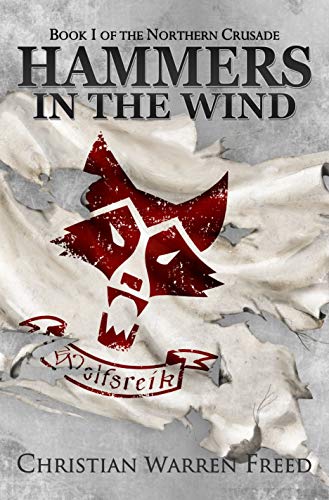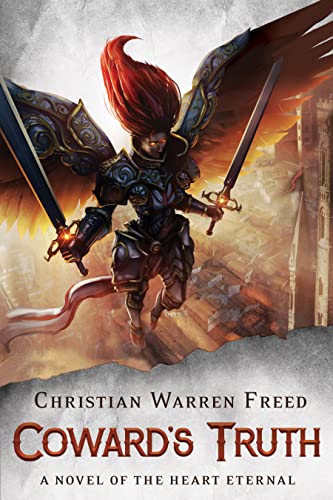Let’s Talk Legal #3
I know what you’re thinking, how much more legal mumbo jumbo do I need to know? The answer is easy: more than I am providing if you expect to take care of your product and your business. But enough of that. I took out almost all the mumbo and left just a smidge of the jumbo. Let’s get back to it.
Trademarks and Plagiarism
So far we have examined copyright, public use, and fair domain. The letter of the law is fairly clear and the more an author knows the better protected they will be when they hit that publish button and realize their dreams. Today we’re going to finish up by covering trademarks and plagiarism.
Protecting Your Rights
Understanding the law is one thing, being proactive in protecting your work is another matter. Now that we have discussed what the law is, the time has come to learn what authors can do to protect themselves. The question every author should be asking is what can I do to ensure my work is clean and will not result in my being sued? At the top of the list is filing for copyright, https://www.copyright.gov/ . While this step is not exactly necessary it will provide the ammunition needed to put the law squarely behind and reduce the amount of potential grey areas.
A second, easier option is to do a quick search on Amazon, Google, or any other major bookseller to ensure your cover art is original and the title of your book has not already been used. Plenty of websites exist offering generic covers with the promise of ‘once it is sold it is taken off the site’. Be wary with these, for though that particular cover sequence is sold, the main images can and often are used on numerous other covers. The latter is trickier. Many books share the same title while having vastly different content. Titles are not copyrighted but can be (and often are) trademarked to prevent others from using them.
Trademarks
Trademarks are another matter altogether. It is important to understand the delineation in using the same title. Most of the issue comes down to specificity. Harry Potter has already been proven a highly successful brand and is trademarked. However, if you do a search for books titled Empire of Bones you will find several. Each book is different and provides entirely different reading experiences, thus avoiding copyright issues.
Plagiarism
There are also several plagiarism trackers available online. Plagiarism can range from a brief sentence to entire sections of another’s work. When in doubt, always take the time to verify data and ensure your book does not cross into territory that has already been established and protected. The bottom line is the only limit to creating a standout novel is how far your imagination can go. Enough tools are in place to ensure you are on the right track and well within the boundary of copyright and fair use doctrine. By taking the time to understand the laws and how they apply to you, you will end up saving time and potential headaches down the road.
If there is ever any doubt as to what is protected or falls under the fair use doctrine the author’s best bet is to obtain an attorney. This will ensure your book is clear of legal issues and allow you to move on to the next and most important part of publishing: finding your target audience and getting the word out there. Ten million books is a mighty ocean to swim across.
RELATED BLOGS

PREVIEW: HAMMERS IN THE WIND
By far my most successful book, with over 650 reviews and counting, this one is a bit Viking and.

PREVIEW: COWARD’S TRUTH: A NOVEL OF THE HEART.
One of my more recent ideas, this one involves a squad of space marines crash landing on a gunpowder.

